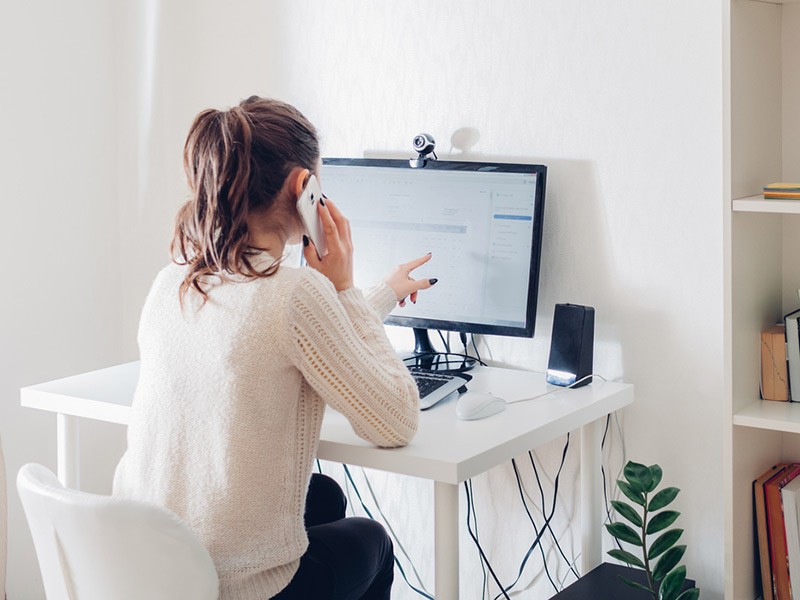If you’ve got a screen report from one of your devices, you know how much time we spend in front of screens. Whilst they can certainly be helpful and fun, it’s important for young children to find a healthy balance between screen usage and other activities. In this guide, you’ll find all the advice, tips, and tricks that you need to manage how much your children use screens.
Set Clear Boundaries:
One of the most effective things that you can do is to establish clear rules and boundaries regarding screen time from the beginning. Communicate these guidelines to your children and ensure they understand the expectations. For example, you can set specific time limits or designate certain hours when screens are allowed. There are other steps that you can take too, such as using settings to restrict the usage of certain apps and to keep passwords and login details from your children so that they can’t use screens without your knowledge. This clarity helps children develop a healthy understanding of when and how much screen time is appropriate.
Foster their Offline Interests:
If your child has a range of interests and hobbies, they’re less likely to want to spend all of their time in front of screens. To achieve this, you need to encourage them to participate in a variety of activities such as outdoor games and sports, arts and crafts, playing music, reading books, and exploring their imagination in the physical world. By providing alternative activities, you can help them develop well-rounded skills and reduce their reliance on screens.
Choose Quality Content:
A good way to approach screens is to treat them like food. If your children are going to use them, you should aim to make the experience beneficial – just like you would with a healthy meal or snack. By choosing quality content, such as educational kids cartoons, apps, and games, you can use screens to entertain your children and expose them to important life lessons too. Look for content that engages your child’s curiosity, sparks their imagination, and introduces them to new concepts or skills.
Make it a Group Activity:
Whenever possible, make the use of screens a shared experience. Co-viewing allows you to monitor the content they consume and have discussions about what they are watching. Use this opportunity to ask questions, share insights, and reinforce the educational aspects of what they’re watching.
Set a Good Example:
Children often mimic their parent’s behaviour, so be mindful of your own screen habits. Show them the importance of balance by modelling healthy screen usage yourself. When you prioritize quality time together, be present, engage in conversations, and most of all, put your phone away.
Conclusion:
Screens aren’t bad and they certainly aren’t going anywhere, so hiding them from your children will be impossible. Screens can be a valuable tool when used purposefully and in moderation. So, keep these tips in mind, and you’ll be able to ensure that your child has a healthy relationship with screens, rather than a reliance.




